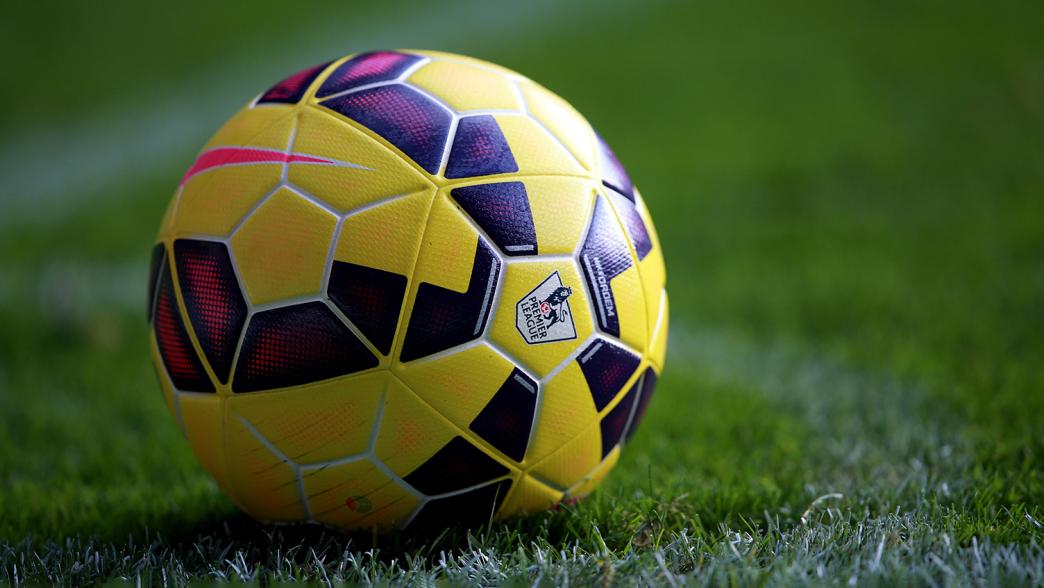I. Introduction
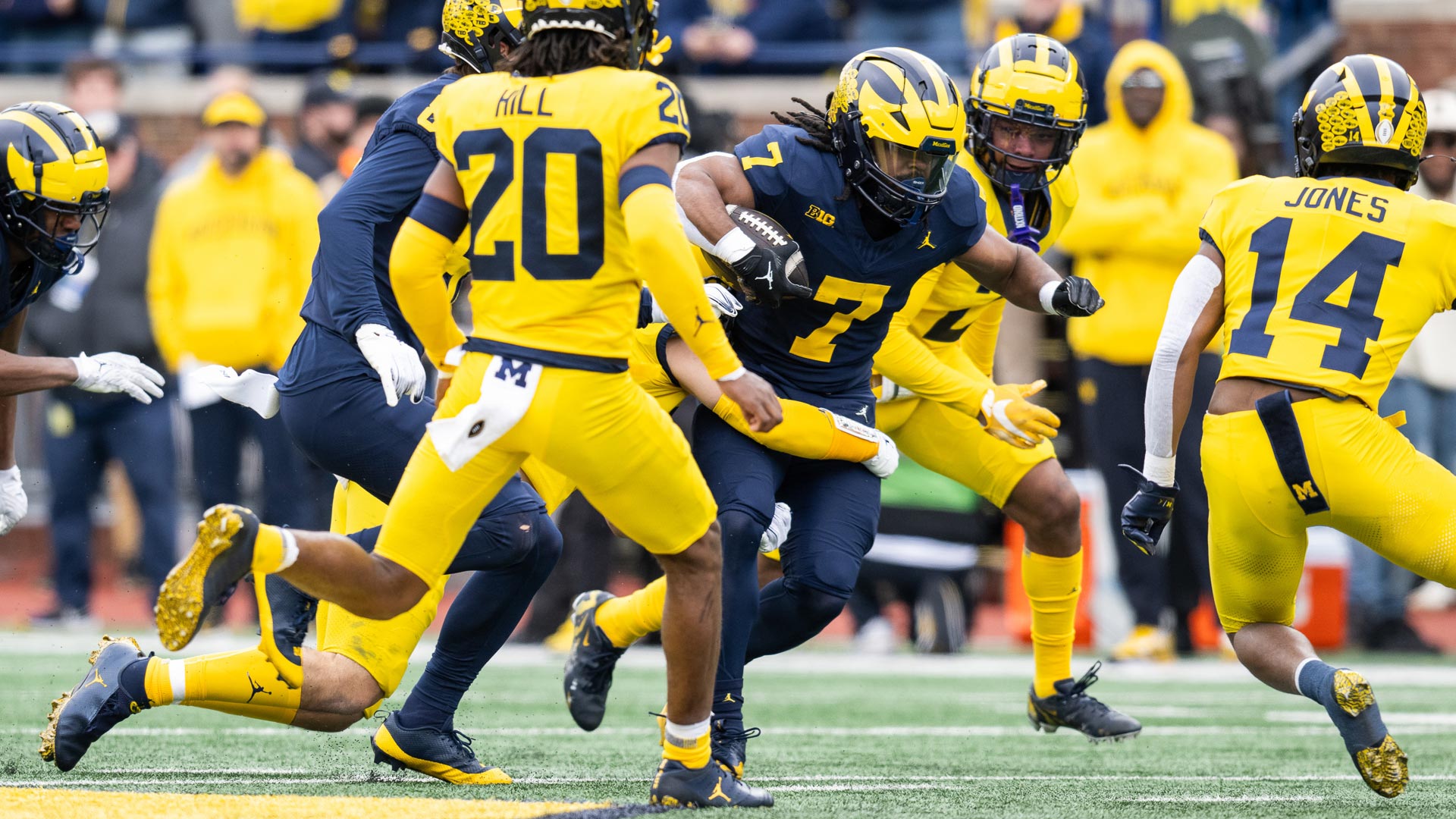
The Edge position in football is a crucial and versatile role that plays a significant role in both defensive and offensive strategies. This article will provide an overview of the edge position in football, highlighting its importance on the field.
II. Primary Responsibilities of the Edge Player
A. Defending the Run
- Setting the Edge:
The edge player’s primary responsibility is to set the edge of the defense, preventing running backs from breaking to the outside. This involves maintaining outside leverage and funneling the ball carrier back inside to the pursuit. - Gap Discipline:
The edge player must also maintain gap discipline, ensuring they fill their assigned gap and don’t allow any running lanes to open up. - Tackling Technique:
Effective tackling is crucial for the edge player in order to bring down ball carriers and prevent big gains. They need to have proper tackling technique, focusing on leveraging their body and wrapping up the opponent.
B. Rushing the Passer
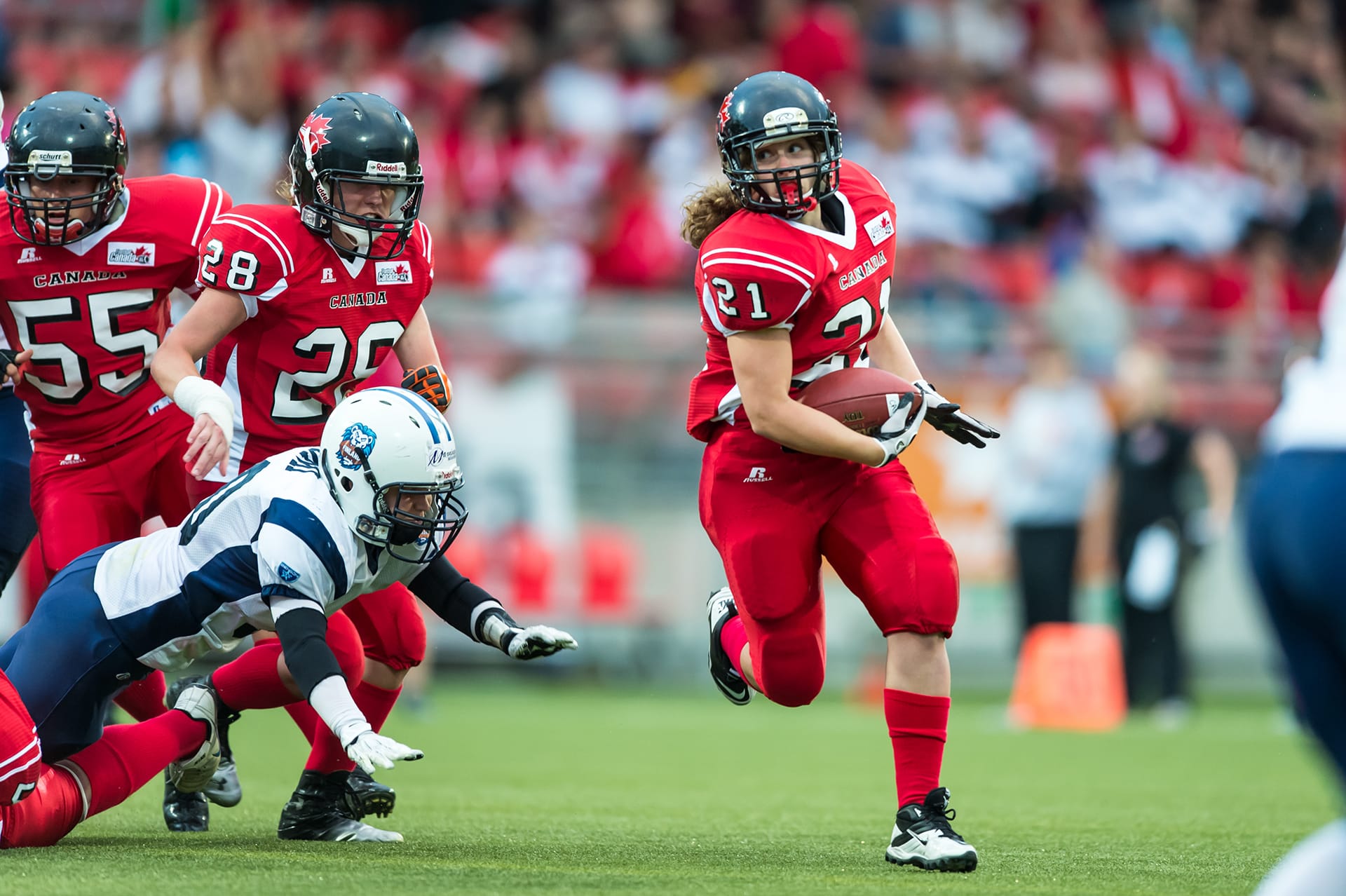
- Pass Rush Techniques:
The edge player needs a repertoire of pass rush moves to effectively disrupt the quarterback. This includes speed rushes, bull rushes, spin moves, and more. They must be able to utilize these techniques to get past offensive linemen and pressure the quarterback. - Speed and Agility:
The edge player needs to possess speed and agility to quickly get off the line of scrimmage and maneuver around blockers. - Hand-to-Hand Combat:
Hand technique is vital for the edge player to effectively engage with offensive linemen and create separation. They need to be able to shed blocks and maneuver their way to the quarterback.
III. Skills and Attributes of a Successful Edge Player
A. Physical Traits
- Size and Strength: The edge player needs to have the size and strength to hold their ground against offensive linemen and overpower opponents.
- Speed and Agility: Speed and agility allow edge players to get off the line quickly, pursue the ball carrier, and rush the passer effectively.
- Quickness and Burst: Quickness and burst enable the edge player to explode off the line of scrimmage and quickly change direction.
B. Football IQ and Technique
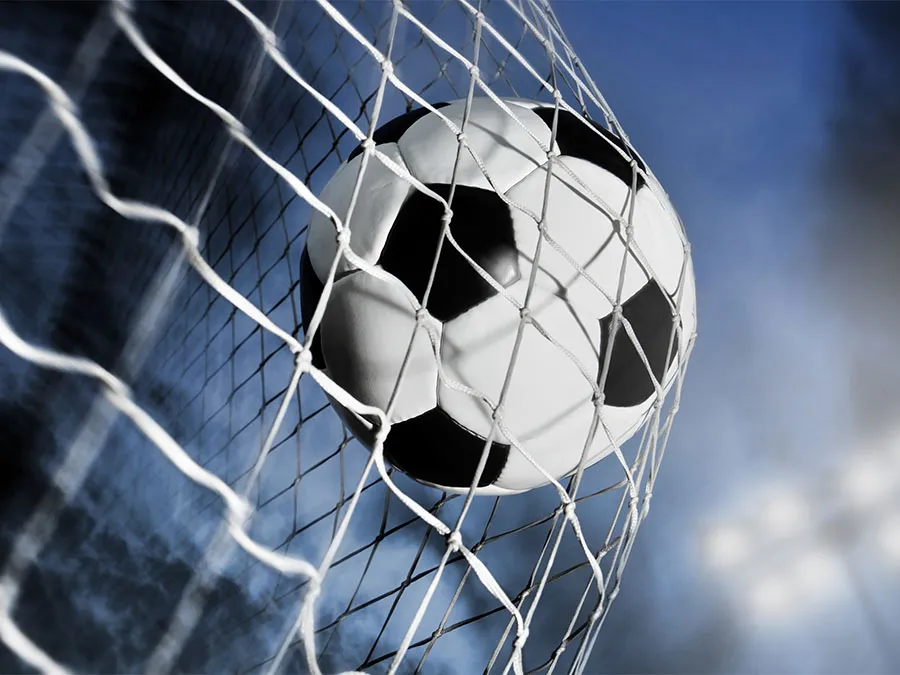
- Knowledge of Offensive Formations and Strategy:
The edge player needs to understand offensive formations and anticipate plays based on alignment and pre-snap reads. - Block Recognition and Shedding:
The edge player must be able to read offensive blocking schemes, recognize their assignment, and effectively shed blocks to make plays. - Hand Technique and Pass Rush Moves:
Having refined hand technique and a variety of pass rush moves enables the edge player to get past offensive linemen and disrupt the passing game.
C. Mental Toughness and Work Ethic
- Focus and Discipline: The edge player needs to remain focused throughout the game, maintain their responsibilities, and not get easily fooled by misdirection or play-action.
- Resilience and Perseverance: Football can be physically demanding, and the edge player needs to have the mental toughness to bounce back from setbacks and keep pushing through adversity.
- Conditioning and Training: Staying in peak physical condition and continually working on skills and techniques are essential aspects of being a successful edge player.
IV. Strategies and Tactics Utilized by the Edge Player
A. Run Defense
The edge player in football plays a crucial role in defending against the run game. They are responsible for setting the edge, pursuing and containing the ball carrier, and maintaining gap responsibility.
- Setting the Edge
- The edge player’s first responsibility is to set the edge of the defense. This means ensuring that the ball carrier cannot get outside of the defensive line and gain additional yardage.
- The edge player must maintain proper leverage and use their body to force the ball carrier back inside towards the pursuing defenders.
- Pursuit and Containment
- After setting the edge, the edge player must pursue and contain the ball carrier. They need to have the speed and agility to keep up with the play and prevent the ball carrier from gaining yards.
- The edge player must be disciplined to stay in their assigned gap and not overcommit, allowing the ball carrier to find an opening.
- Gap Responsibility
- The edge player must also be aware of their gap responsibility in run defense. They need to understand their assignment and fill their gap to stop the run.
- This requires good recognition skills to read the offensive formation and react quickly to the play.
B. Pass Rush
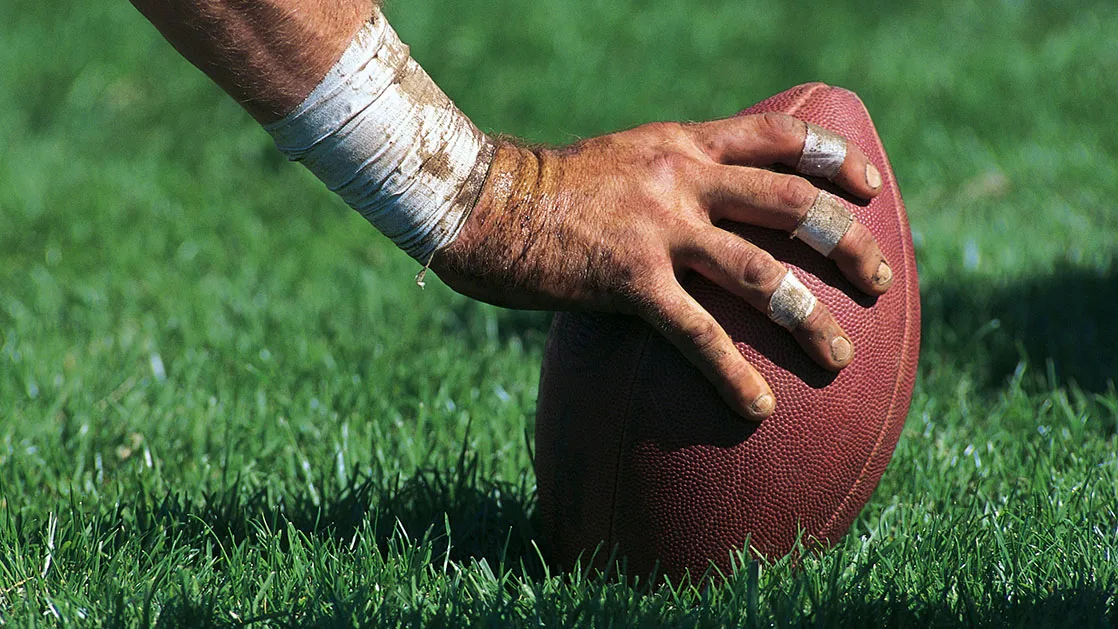
In addition to defending against the run, the edge player is responsible for putting pressure on the quarterback and disrupting the passing game. They utilize various strategies and techniques to achieve this.
- Stunt and Twist Techniques
- Edge players often employ stunt and twist techniques in their pass rush to confuse the offensive line. This involves coordinated movement with other defensive linemen to create openings and opportunities to rush the passer.
- By using these techniques, the edge player can create mismatches and increase their chances of getting to the quarterback.
- Speed or Power Rush
- The edge player can opt for a speed rush or a power rush, depending on the situation and the skills of the offensive linemen they are facing.
- A speed rush involves using quickness and agility to beat the offensive tackle around the edge. This requires explosive first steps and good bend to turn the corner.
- On the other hand, a power rush involves using strength and leverage to overpower the offensive tackle and drive them back towards the quarterback. This requires proper hand placement and good lower body strength.
- Read and React to Blocking Schemes
- The edge player must be able to read and react to different blocking schemes employed by the offense. This includes recognizing if they are facing a single blocker, a double-team, or a combination block.
- By understanding these blocking schemes, the edge player can adjust their approach and use the appropriate techniques to penetrate the offensive line and disrupt the pass.
V.Conclusion
The edge position in football is crucial for both defensive and offensive strategies. On defense, the edge player must excel in run defense by setting the edge, pursuing the ball carrier, and maintaining gap responsibility. They also play a vital role in generating pressure on the quarterback and disrupting passing plays. On offense, the edge player contributes to blocking for running backs and quarterbacks, creating space for receivers, and adding versatility to offensive plays. Understanding the importance and responsibilities of the edge position enhances the overall performance of the team in both defensive and offensive aspects of the game.

